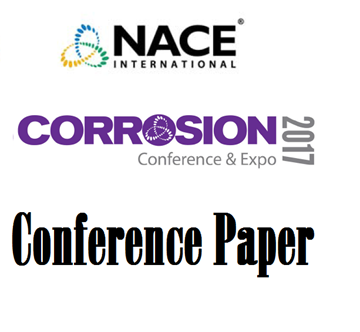Search
51315-5827-Performance of Non-Metallic Composite Repair System in Aggressive Environments
Also Purchased
51317--9506-Testing and Design of Nonmetallic Composite Repair Systems for Pipeline Intergity
Product Number:
51317--9506-SG
ISBN:
9506 2017 CP
Publication Date:
2017
$20.00
51316-7562-Factors which Affect the Performance of Composite Repair Systems
Product Number:
51316-7562-SG
ISBN:
7562 2016 CP
Publication Date:
2016
$20.00
51317--9494-Considerations for Repairing Live Piping Using Engineered Composite Repair Systems
Product Number:
51317--9494-SG
ISBN:
9494 2017 CP
Publication Date:
2017
$20.00




